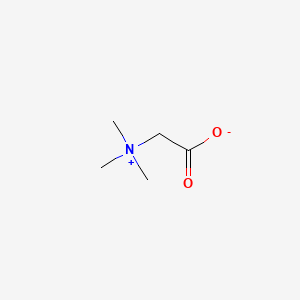Adjunct in homocystinuria treatment
Adult: In patients with deficiencies or defects in cystathionine β-synthase (CBS), cobalamin cofactor metabolism (CBL), and 5,10-methylenetetrahydrofolate reductase (MTHFR): As betaine anhydrous oral powder: Usual dose: 3 g bid; may gradually increase until plasma homocysteine level is undetectable or present only in small amounts. Max: 20 g daily. Dosage recommendations may vary among countries and individual products (refer to specific product guidelines).
Child: <3 years As betaine anhydrous oral powder: Initially, 50 mg/kg bid, may increase at weekly intervals in increments of 50 mg/kg daily until plasma homocysteine level is undetectable or present only in small amounts; ≥3 years Same as adult dose. Dosage recommendations may vary among countries and individual products (refer to specific product guidelines).
Child: <3 years As betaine anhydrous oral powder: Initially, 50 mg/kg bid, may increase at weekly intervals in increments of 50 mg/kg daily until plasma homocysteine level is undetectable or present only in small amounts; ≥3 years Same as adult dose. Dosage recommendations may vary among countries and individual products (refer to specific product guidelines).




 Sign Out
Sign Out




